Another hectic and exhausting day, and this blogging takes almost as much time as the trip itself!
This morning we first went to Whiteladies (http://en.wikipedia.org/wiki/White_Ladies_Priory), and Boscobel House (http://en.wikipedia.org/wiki/Boscobel_House), two more places where Charles hid soon after the battle, and both a few miles from Mosely Old Hall (http://en.wikipedia.org/wiki/Moseley_Old_Hall).
At about 3 a.m. on September 4, Charles arrived at Whiteladies where the five Penderel brothers were tenants of the Gifford family. The property had originally been a priory, but had become the property of the Giffard family when Henry VIII broke with the Catholic church and dissolved the monasteries. Charles spent a very uncomfortable night and much of the next day in the woods nearby. It was raining and he hadn’t eaten since at least the previous morning, but there were cavalry patrols looking for him, and it was too dangerous for him to be kept inside.
He made an abortive attempt to cross the Severn River and head for Wales, where he planned to find a boat at Swansea, but the river was too closely guarded, and Richard Penderel sought the help of his landlord, Mr. Giffard, who lived about a mile away at an early 17th century hunting lodge called Boscobel, and a day after setting out from Whiteladies, Charles was back where he had started, and sought refuge at Boscobel. He was still being hunted, and spent a day high in an oak tree in the woods that surrounded the house, sleeping on the lap of Colonel Carlis, a Royalist officer who had escaped the battle and was also in hiding.
Apparently this part of Staffordshire, called Brewood, had so many Catholics that it was sometimes called “Little Rome,” and the Giffards also had a priest hole, this one even smaller than the one at Mosely – less than four feet on a side and only about three feet deep, where Charles eventually slept for a night.
Visitor operations site supervisor Ella Harrison and tour guide Sean Farnworth welcomed us warmly and answered several questions, and Sean gave a very interesting tour. As was the case yesterday, it was astonishing today to be in the actual places where Charles was, and where so many people helped him at such great risk to themselves. Boscobel is somewhat changed from how it would have been during Charles’s time, but parts of it remain as they were, including the attic and its priest hole. Alice and I walked the mile or so to Whiteladies and back, following in the path that Charles took when he was desperate for safety. All that is now left of Whiteladies is the ruins of the priory, but the road between the places is still a very narrow lane that is probably much as it was in the 17th century except that it is now paved, and the countryside around is still beautiful and rural, though it is now less wooded and has more agriculture.
After a quick lunch, we drove off to Stafford, about 25 miles away. Charles wasn’t there during his journey, but there were several reasons to make the trip. The Ancient High House (http://www.staffordbc.gov.uk/static/page132.htm) in the center of the town was built about 1595 and is reputedly the largest surviving Tudor town house in England. Walking from the parking lot, we noticed an archaelogist measuring something in an excavation, and stopped to ask what he was working on. He said it was a 10th century kiln, which provided earlier evidence than had previously been known of the production of pottery in the area.
Then off we went to the Ancient High House, getting there ten minutes before closing time, at 4 p.m. Undaunted, I dashed to the top floor and raced down through the rooms to see what might be useful, and then pounced on the man at the front desk, peppering him with obscure queries – was Charles I ever at the house before he stayed there at the start of the war in 1642? Was young Charles with his father during that visit? When the King’s Company of actors accompanied Charles I on his Royal Progress in 1636, how close did they get to the area? Andrew Pearsall gamely tried to help me, and summoned Nick Thomas to see what he could add. As it turned out, though they couldn’t answer the questions to a certainty, they did suggest several sources, including the Staffordshire county records office down the street, which was open until 5 p.m.
So Alice and I hurried over there, and I grilled the desk staff. Poor Ben took it all in stride, and provided a photocopy of one relevant document as well as suggestions for other sources, including the William Salt Library next door. So while Alice gathered lists of the county archives’ publications, I whizzed over to the Salt Library, getting there a full 25 minutes before closing time. I could see that now-familiar look in the librarian’s eyes – who is this crazy American and how did she end up here? – but he suggested one relevant publication that I may be able to find somewhere. And the Salt Library, like the county archives, can provide documents and even conduct research for people who can’t get there in person, so what I can’t accomplish in England, I can do from California by email. The wonders of technology. (www/staffordshire.gov.uk/archives and www.staffordshire.gov.uk/salt).
Exhausted but not quite done, we made a quick stop at Stafford Castle a few miles away (http://en.wikipedia.org/wiki/Stafford_Castle). It was dark by now, and walking up the hill to the ruined castle through tall trees looking ghostly white in the mist, it was quite easy to imagine being back several centuries. Stafford Castle is one of many historic sites owned by Royalist families that were destroyed or abandoned during the Civil War by Royalists, and only roofless walls remain of the Norman castle.
Finally back to Gnosall, and after a cheering cup of tea, back to the Boat for another hearty dinner – steak, stilton, and port pie with mashed potatoes and vegetables for me, followed by apple crumble. But I was virtuous – I didn’t add the ice cream, custard, or cream that was offered with the crumble, and I only had one pint of Marston’s. Progress, not perfection.
Thursday, October 29, 2009
Subscribe to:
Post Comments (Atom)

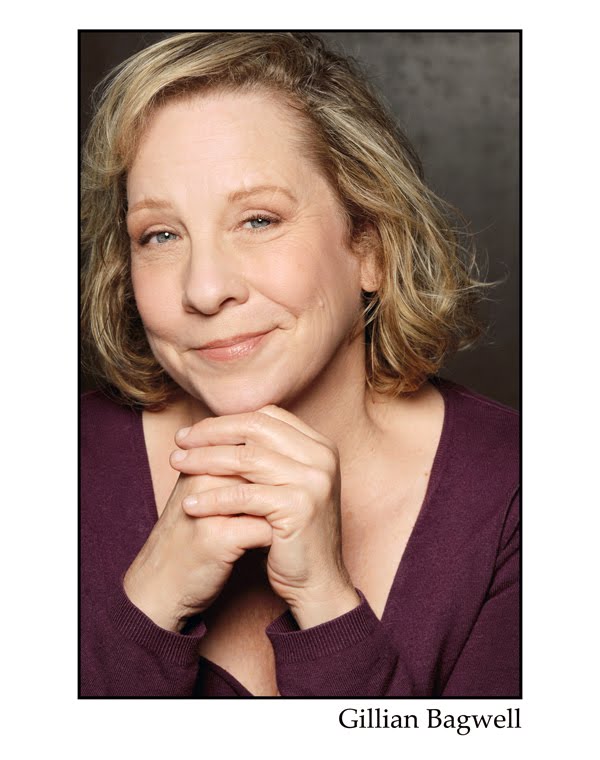

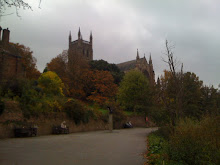
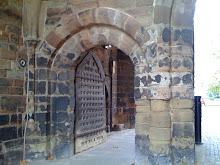



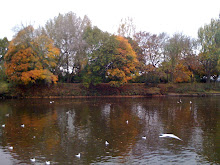
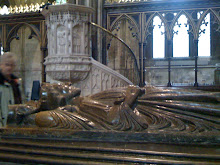
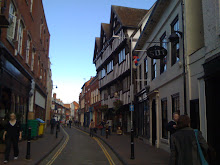

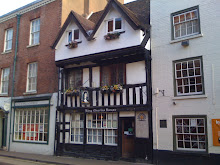
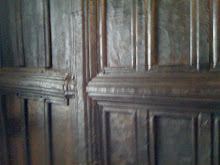
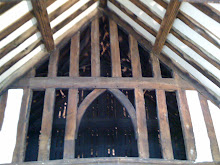



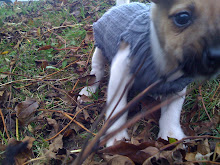

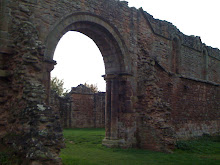




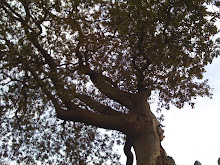



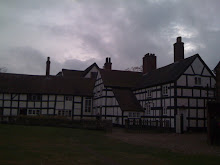

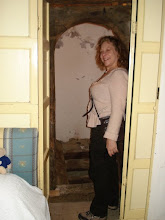
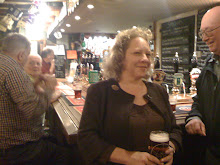
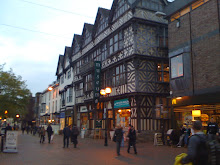
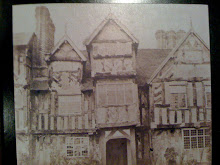


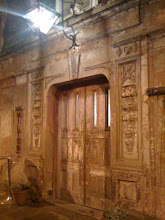
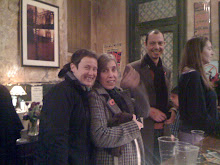


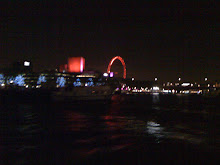

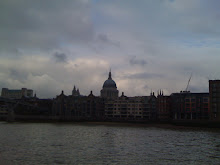
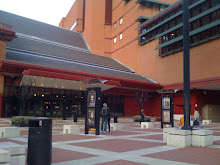

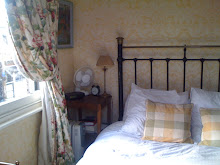




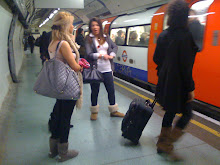

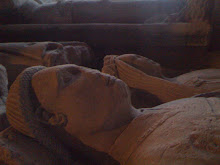
No comments:
Post a Comment